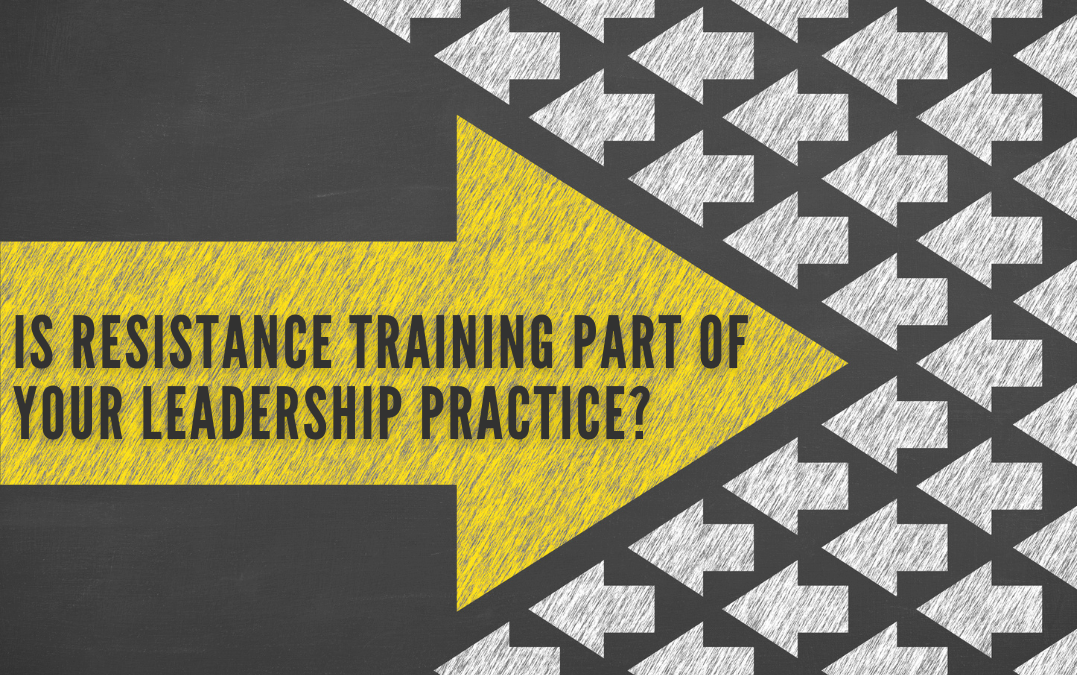
Leadership
By: Sheri Nasim, President & CEO
I’ve had the privilege of coaching both seasoned and emerging leaders alike over the past ten years. Typically, these sessions are scheduled for 90 minutes each every three weeks and can last from three months to three years. In a recent session with a client that I’ve been working with since last summer, we had a lively back-and-forth as he shared his newest ideas for leading his team.
As we wrapped our meeting, I asked, “Have you noticed that the more confidence you’re gaining in yourself as a leader, the more pushback I’m giving you?” He smiled and nodded. “The stronger you grow,” I continued, “the more reluctant people will be to challenge you. Over time, you’ll start to believe that you’re the smartest person in the room. One of the tools that I’ll leave you with when we complete our work together is how to strengthen yourself as a leader by building resistance into your management style.”
In 2018, I wrote a post called This Is Your Brain On Power. It was based on the fascinating research by UC Berkeley Professor Dacher Keltner who found that when you get even a little bit of power, your brain gets a hit of dopamine – a neurotransmitter that is part of the brain’s reward system. The paradox, Keltner found, is that an unfortunate side effect of dopamine is that it suppresses your ability to recognize different points of view.
As a leader, you’re constantly facing a triple threat to your ability to be effective. First, your self-confidence can morph into over-confidence. Second, people naturally defer to you as the person in the room with the most power. And, third, the more dopamine your brain feeds on, the less you will be able to relate to those around you. You may be effective in the short run. But, over time, you’ll miss out on getting critical information, input, and feedback from your team.
The earlier in your leadership journey that you can welcome resistance, the more effective you’ll be over time. You don’t have to hire an executive coach to start building resistance training into your management style. You can start by building simple self-disruptive habits. The next time you’re meeting with your team, limit the amount of air space you take up and give others the space to question your assumptions and offer alternative perspectives. You can close the meeting by giving a two-sentence recap, then asking, “What did I miss?”
Small practices like these signal to others that you understand that your real flex is your ability to use your power to unleash their highest collective capacity.
Question: How do you encourage resistance on your team to strengthen yourself as a leader?
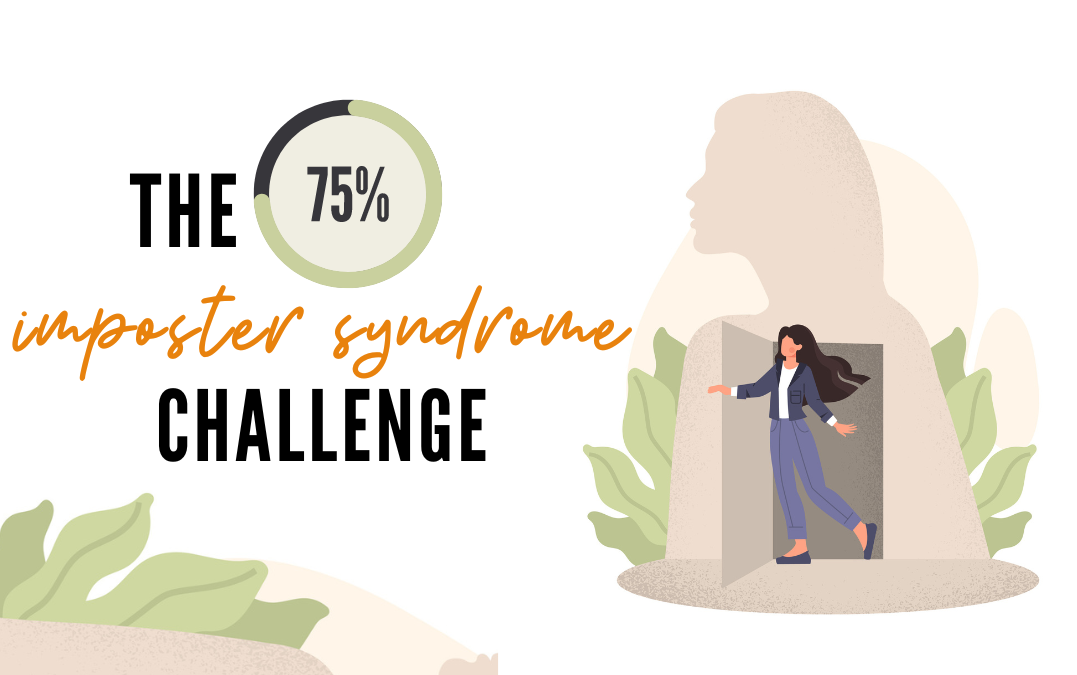
Emerging Leaders, Leadership
By: Sheri Nasim, President & CEO
I once worked for a CEO who challenged me to write my own job description. We’d been working together for a couple of years, and I’d met some pretty big goals that he’d set out for me. When I told my husband about the CEO’s invitation to write my own job description, my husband said,
“Why don’t you make it 25% about what you’re already comfortable with and 75% what you’ve never done before?”
After getting over my initial annoyance at my husband’s advice, I decided to go for it. I wrote a job description that would be my dream position at the company then shared it with the CEO. He thanked me for putting in the effort and asked for some time to think about it. A few days later, he handed my job description back to me across his desk. Not only had he accepted the role that I’d had asked for, but he added another significant amount of responsibility to it.
Quite honestly, it took a full year for me to completely understand what the new role meant in practice. But, the CEO patiently allowed me to grow into it and make it my own. A few years in, I’d fundamentally changed how the management team took responsibility both for strategy execution, budgeting, and accountability for meeting financial results. In the process, I watched our management team grow its collective business acumen and work cross-functionally to deliver results that exceeded our strategic goals. That was one of the greatest growth opportunities I’ve had in my career.
I share this story because this is the kind of imposter syndrome that I wish for my clients, my colleagues, and for you as readers of this message. I want to hear that you’ve been given so much responsibility – coupled with an equal amount of psychological safety – that you question whether you’re really up for the challenge. I want to hear that you’re excited to be part of something bigger than yourself and stretched beyond anything you’ve ever accomplished before. I want you to test your assumptions, double check your math, and have both a sense of excitement and fear.
If you’ve been given an opportunity to do something that’s significantly greater than anything else you’ve ever done before, don’t gaslight yourself into thinking that you don’t have the ability to deliver. Growth begins where your comfort zone ends.
Question: What percentage of your week are you really challenged?

Leadership
As the CEO of a training, coaching, and consulting team, I believe strongly in taking my own medicine. What I mean by this is that, wherever possible, I take the same assessments and participate in the same training that we recommend to our clients.
Because of this, I know that my my Top 5 Strengths, based on the Gallup StrengthsFinder assessment, are Strategic, Input, Learner, Maximizer, and Relator. My Myers-Briggs type is INTJ, which stands for Introversion, Intuition, Thinking, and Judging. I show up as a Di (Dominance/influence) at work based on the DiSC assessment.
Last year, I participated in the first cohort of a 12-month DEI Executive Training program that we launched in partnership with Blue Ocean Brain. The program consisted of four progressive levels of DEI lessons curated from the Blue Ocean Brain platform. For each level, our cohort completed six 15-minute microlessons and met in live online group conversations to unpack the material with DEI master facilitator, Casey Tonnelly.
In addition to the 12-month 2022 DEI Executive Training program, we offered condensed summer and fall versions to give learners options that suited their schedules. Regardless of the length of the training, every participant gained confidence in how to break down the complexities of DEI and demystify things like how to put allyship into action. More importantly, we built strong connections with our cohort that we came to rely on for building best practices and encouragement as we applied our training on the job.
My fellow cohort member Nyra Botley, Diversity, Equity & Inclusion Program Manager, with the Federal Home Loan Bank of Des Moines, posted these thoughts on LinkedIn along with her DEI Executive credential after completing the program:
[W]e came together at the beginning of this year as strangers, willing to talk and have BOLD conversations for 90 minutes every Friday on topics that may have made us feel uncomfortable. What I loved about our conversations was our willingness to be vulnerable, empathetic, to lean into the conversations, and listen and learn from one another, giving each other a space to feel psychologically safe. What a joy it is to know that while our journey in the program has come to an end, we built a FRIENDSHIP!
Taking my own medicine has helped me experience what our clients experience and empathize with what it feels like when I ask clients to reflect on their assumptions, perspectives, and experiences. Completing the DEI course in addition to knowing my Top 5 Strengths, my Myers-Briggs type, and my DiSC style has helped me to unlearn as much as learn what makes me who I am and what I take for granted.
Whether you’re leading a team, a project, or an organization, taking your own medicine – or not asking anyone to do something that you wouldn’t do yourself (even if you’re a D on the DiSC assessment!) – is a powerful way to understand how your decisions impact others.
Question: How do you plan take your own medicine as a leader this year?
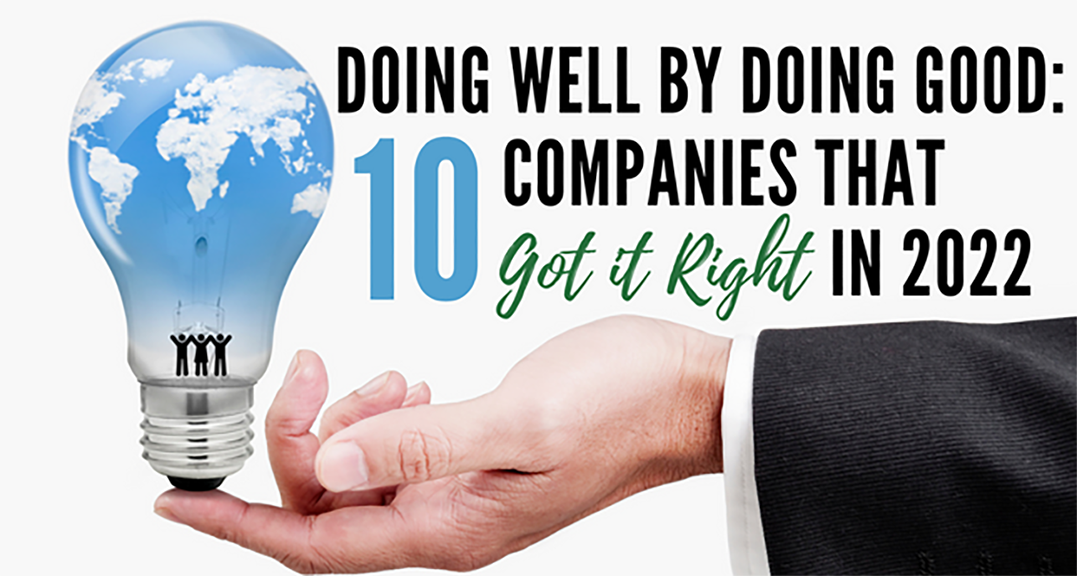
Employee Engagement, Leadership
The strongest organizations in the world achieve sustainable success largely because they understand the value of culture as a competitive advantage. Whether you nurture it or not, you have a culture. It may be empowering or toxic. Either way, the results are showing up on your bottom line.
Here are the 10 companies we featured in CEE News this year that show how doing well and doing good are not mutually exclusive. Fun fact: 8 out of 10 of these companies were lead by women CEOs when we featured them.
1. Twist Bioscience, Emily Leproust, CEO
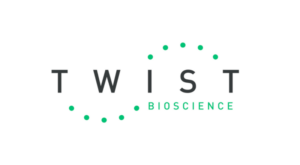 When Dr. Emily Leproust helped launch Twist Bioscience in 2013, she did so with the belief that synthetic DNA would be critical to solving many of the world’s biggest challenges. When SARS-CoV-2 became one of those challenges in early 2020, her team tapped into their guiding principles of Grit, Impact, Service, and Trust to fight the pandemic head on.
When Dr. Emily Leproust helped launch Twist Bioscience in 2013, she did so with the belief that synthetic DNA would be critical to solving many of the world’s biggest challenges. When SARS-CoV-2 became one of those challenges in early 2020, her team tapped into their guiding principles of Grit, Impact, Service, and Trust to fight the pandemic head on.
Headquartered in San Francisco, Twist produces synthetic viral controls that resemble SARS-CoV-2 variants to enable researchers to rapidly develop and validate diagnostic tests. Just weeks after the Omicron variant was identified, Twist launched a new control to match the need. [Read More]
2. Carbon, Ellen Kullman, CEO
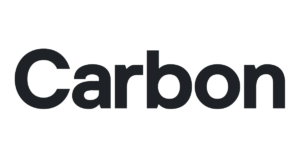
When Comparably released its Top 100 highest-rated companies for Best Company Culture in 2021, Carbon ranked #10. The 3D printing technology company headquartered in Redwood City, CA, models the idea that diversity —not just of knowledge and expertise, but of identity—is a key driver of productivity and innovation. [Read More]
3. EQrx, Melanie Nallicheri, CEO
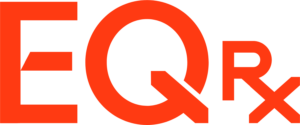 A 2021 study released by AARP found that “retail prices for widely used brand name prescription drugs increased substantially faster than general inflation in every year from 2006 to 2020.” For people who are already vulnerable, the cost of drugs ends up being a major obstacle to care that often leads them to abandon treatment midway or avoid seeking it altogether. That’s a wrong that EQRx Cambridge, MA) is determined to right. [Read More]
A 2021 study released by AARP found that “retail prices for widely used brand name prescription drugs increased substantially faster than general inflation in every year from 2006 to 2020.” For people who are already vulnerable, the cost of drugs ends up being a major obstacle to care that often leads them to abandon treatment midway or avoid seeking it altogether. That’s a wrong that EQRx Cambridge, MA) is determined to right. [Read More]
4. Wildbit, Natalie Nagele, CEO
 The job of a CEO is to make sure that the time that employees spend at their job is net positive. That’s according to Natalie Nagele, Co-Founder and CEO of Wildbit. Since taking on the leadership role in 2004, Nagele has been committed to proving that you can grow a profitable company while prioritizing people. She has led the creation of multi-million dollar products while focusing on her belief that business should be human. It’s a people-first approach that is deeply embedded in the company’s DNA. [Read More]
The job of a CEO is to make sure that the time that employees spend at their job is net positive. That’s according to Natalie Nagele, Co-Founder and CEO of Wildbit. Since taking on the leadership role in 2004, Nagele has been committed to proving that you can grow a profitable company while prioritizing people. She has led the creation of multi-million dollar products while focusing on her belief that business should be human. It’s a people-first approach that is deeply embedded in the company’s DNA. [Read More]
5. Bitwise Industries, Irma Olguin, Jr., CEO
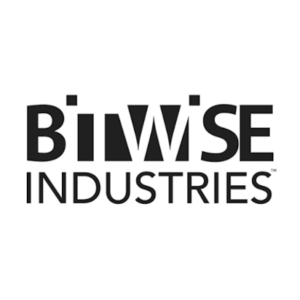
Bitwise Industries was founded in 2013 with the mission of uplifting people from disadvantaged backgrounds and/or coming from systemic poverty by creating pathways into the technology industry. Bitwise builds tech ecosystems focused on activating human potential in America’s poorest zip codes through three key areas: Workforce, Industry, and Infrastructure. [Read More]
6. Bobbie, Laura Modi, CEO
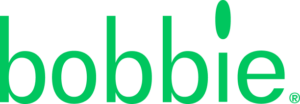 When Laura Modi and Sarah Hardy formed the organic-formula company Bobbie in 2019, they had two babies and two toddlers between them. The co-founders were not single 20-somethings pulling all-nighters in somebody’s basement. They were working moms who needed to create an environment in which working parents could be successful.
When Laura Modi and Sarah Hardy formed the organic-formula company Bobbie in 2019, they had two babies and two toddlers between them. The co-founders were not single 20-somethings pulling all-nighters in somebody’s basement. They were working moms who needed to create an environment in which working parents could be successful.
As Airbnb alumnae well-versed in rapid growth startups, they were determined not to prioritize growth over culture. The co-founders dedicated themselves to building a diverse and inclusive culture with amazing benefits. Hiring consumed half their working hours in 2021, as they grew Bobbie from 10 employees to 46 across 16 states. Of today’s 55 employees, 91% are women and 70% are parents. [Read More]
7. Textio, Kieran Snyder, CEO
 While many companies have struggled with their return-to-office plans since the pandemic, Textio, an augmented writing platform led by CEO Kieran Snyder, leveraged the opportunity to go fully remote. That decision has paid off in higher productivity, greater diversity, and Best Company to Work for recognition by Seattle Business Magazine. Snyder, a self-described recovering academic with a PhD in Linguistics and Cognitive Science from Penn, admitted that she was nervous about making the shift to fully remote. But, in the first year productivity was actually better than it had ever been before. [Read More]
While many companies have struggled with their return-to-office plans since the pandemic, Textio, an augmented writing platform led by CEO Kieran Snyder, leveraged the opportunity to go fully remote. That decision has paid off in higher productivity, greater diversity, and Best Company to Work for recognition by Seattle Business Magazine. Snyder, a self-described recovering academic with a PhD in Linguistics and Cognitive Science from Penn, admitted that she was nervous about making the shift to fully remote. But, in the first year productivity was actually better than it had ever been before. [Read More]
8. Hims & Hers, Andrew Dudum, CEO
 Digital health is an industry on a stratospheric trajectory. The coronavirus pandemic has only bolstered its ascent, lifting the prospects of companies that can offer virtual health services at a time when patients, and especially those at highest risk, simply can’t afford to go into a medical facility that’s filled with potential COVID-19 patients. Andrew Dudum was ahead of the curve on this one. While Hims (technically now Hims & Hers), began as a digital health startup geared toward men, it has since expanded its footprint to include women’s health via Hers, with telehealth services and products spanning mental health, primary care, and a variety of specific conditions ranging from erectile dysfunction to hair loss, acne, and beyond. [Read More]
Digital health is an industry on a stratospheric trajectory. The coronavirus pandemic has only bolstered its ascent, lifting the prospects of companies that can offer virtual health services at a time when patients, and especially those at highest risk, simply can’t afford to go into a medical facility that’s filled with potential COVID-19 patients. Andrew Dudum was ahead of the curve on this one. While Hims (technically now Hims & Hers), began as a digital health startup geared toward men, it has since expanded its footprint to include women’s health via Hers, with telehealth services and products spanning mental health, primary care, and a variety of specific conditions ranging from erectile dysfunction to hair loss, acne, and beyond. [Read More]
9. Bearaby, Kathrin Hamm, CEO
 Four years ago, Dr. Kathrin Hamm was among the 68% of Americans who say they have difficulty sleeping. Hamm was working as an economist with the World Bank, and, due to an increasingly demanding travel schedule, she suffered from chronic insomnia. She was burning out fast, and decided to matters into her own hands. After reviewing medical journals, Hamm learned about how weighted blankets were frequently used to bring comfort to children with sensory disorders and autism. She ordered one from a medical specialty store and it worked wonders to improve her sleep, but it was far from perfect. So in 2018, she took an entrepreneurial leap and launched Bearaby, determined to make weighted blankets that were cozy, beautiful and breathable. [Read More]
Four years ago, Dr. Kathrin Hamm was among the 68% of Americans who say they have difficulty sleeping. Hamm was working as an economist with the World Bank, and, due to an increasingly demanding travel schedule, she suffered from chronic insomnia. She was burning out fast, and decided to matters into her own hands. After reviewing medical journals, Hamm learned about how weighted blankets were frequently used to bring comfort to children with sensory disorders and autism. She ordered one from a medical specialty store and it worked wonders to improve her sleep, but it was far from perfect. So in 2018, she took an entrepreneurial leap and launched Bearaby, determined to make weighted blankets that were cozy, beautiful and breathable. [Read More]
10. Codility, Natalia Panowicz, CEO
 Imagine that you are a recruiter who’s been asked to fill a back-end developer position. You work with the hiring manager to post a job description to match the skills and experience needed, and 33 applicants’ resumes are a match. Now what? How do you pare down the candidates to help the hiring manager choose from among the top handful of candidates? In a word – Codility. Codility was founded by an engineer who wanted to spend more time coding and solving problems than interviewing dozens of candidates. Thirteen years, 200+ employees, and $22M in VC funding later, that initial concept evolved into an entirely new way of approaching tech recruiting. That gives over 30,000 talented people each month opportunities – wherever they’re based and whatever their background. [Read More]
Imagine that you are a recruiter who’s been asked to fill a back-end developer position. You work with the hiring manager to post a job description to match the skills and experience needed, and 33 applicants’ resumes are a match. Now what? How do you pare down the candidates to help the hiring manager choose from among the top handful of candidates? In a word – Codility. Codility was founded by an engineer who wanted to spend more time coding and solving problems than interviewing dozens of candidates. Thirteen years, 200+ employees, and $22M in VC funding later, that initial concept evolved into an entirely new way of approaching tech recruiting. That gives over 30,000 talented people each month opportunities – wherever they’re based and whatever their background. [Read More]
Kudos to all 10 of these amazing companies who understand the value of culture as a competitive advantage!

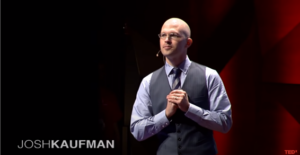 1. The first 20 hours – how to learn anything, by Josh Kaufman. After Josh and his wife, Kelsey, welcomed their first child into the world, he feared that he would never again have the free time to learn something new. After all, it takes 10,000 hours to learn a new skill. Right?
1. The first 20 hours – how to learn anything, by Josh Kaufman. After Josh and his wife, Kelsey, welcomed their first child into the world, he feared that he would never again have the free time to learn something new. After all, it takes 10,000 hours to learn a new skill. Right? 2. 10 ways to have a better conversation, by Celeste Headlee. When your job hinges on how well you talk to people, you learn a lot about how to have conversations — and that most of us don’t converse very well. Celeste Headlee has worked as a radio host for decades, and she knows the ingredients of a great conversation.
2. 10 ways to have a better conversation, by Celeste Headlee. When your job hinges on how well you talk to people, you learn a lot about how to have conversations — and that most of us don’t converse very well. Celeste Headlee has worked as a radio host for decades, and she knows the ingredients of a great conversation.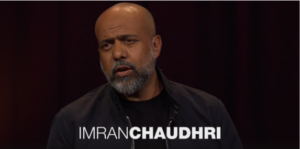 3. The disappearing computer – and a world where you can take AI anywhere, by Imran Chaudhri. In this exclusive preview of groundbreaking, unreleased technology, former Apple designer and Humane cofounder Imran Chaudhri envisions a future where AI enables our devices to “disappear.” He gives a sneak peek of his company’s new product — shown for the first time ever on the TED stage — and explains how it could change the way we interact with tech and the world around us. Witness a stunning vision of the next leap in device design.
3. The disappearing computer – and a world where you can take AI anywhere, by Imran Chaudhri. In this exclusive preview of groundbreaking, unreleased technology, former Apple designer and Humane cofounder Imran Chaudhri envisions a future where AI enables our devices to “disappear.” He gives a sneak peek of his company’s new product — shown for the first time ever on the TED stage — and explains how it could change the way we interact with tech and the world around us. Witness a stunning vision of the next leap in device design. 4. After watching this, your brain will not be the same, by Lara Boyd. Our knowledge of the brain is evolving at a breathtaking pace, and Dr. Lara Boyd is positioned at the cutting edge of these discoveries. In 2006, she was recruited by the University of British Columbia to become the Canada Research Chair in Neurobiology and Motor Learning.
4. After watching this, your brain will not be the same, by Lara Boyd. Our knowledge of the brain is evolving at a breathtaking pace, and Dr. Lara Boyd is positioned at the cutting edge of these discoveries. In 2006, she was recruited by the University of British Columbia to become the Canada Research Chair in Neurobiology and Motor Learning. 5. Sleep is your superpower, by Matt Walker. Sleep is your life-support system and Mother Nature’s best effort yet at immortality, says sleep scientist Matt Walker. In this deep dive into the science of slumber, Walker shares the wonderfully good things that happen when you get sleep — and the alarmingly bad things that happen when you don’t, for both your brain and body.
5. Sleep is your superpower, by Matt Walker. Sleep is your life-support system and Mother Nature’s best effort yet at immortality, says sleep scientist Matt Walker. In this deep dive into the science of slumber, Walker shares the wonderfully good things that happen when you get sleep — and the alarmingly bad things that happen when you don’t, for both your brain and body.












 When
When 
 A 2021 study
A 2021 study  The job of a CEO is to make sure that the time that employees spend at their job is net positive. That’s according to
The job of a CEO is to make sure that the time that employees spend at their job is net positive. That’s according to 
 When
When  While many companies have struggled with their return-to-office plans since the pandemic,
While many companies have struggled with their return-to-office plans since the pandemic,  Four years ago, Dr. Kathrin Hamm was among the
Four years ago, Dr. Kathrin Hamm was among the Imagine that you are a recruiter who’s been asked to fill a back-end developer position. You work with the hiring manager to post a job description to match the skills and experience needed, and 33 applicants’ resumes are a match. Now what? How do you pare down the candidates to help the hiring manager choose from among the top handful of candidates? In a word –
Imagine that you are a recruiter who’s been asked to fill a back-end developer position. You work with the hiring manager to post a job description to match the skills and experience needed, and 33 applicants’ resumes are a match. Now what? How do you pare down the candidates to help the hiring manager choose from among the top handful of candidates? In a word –